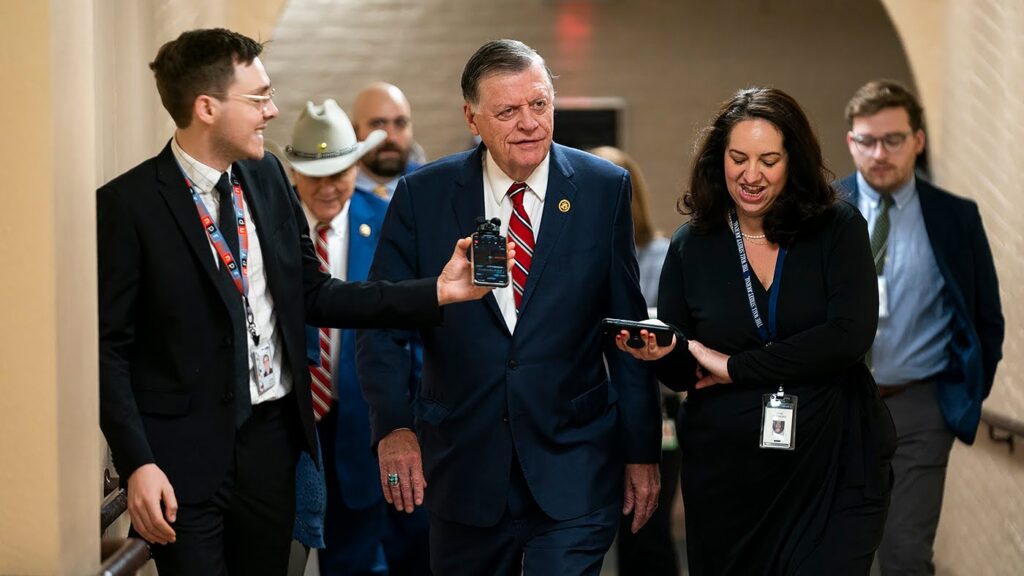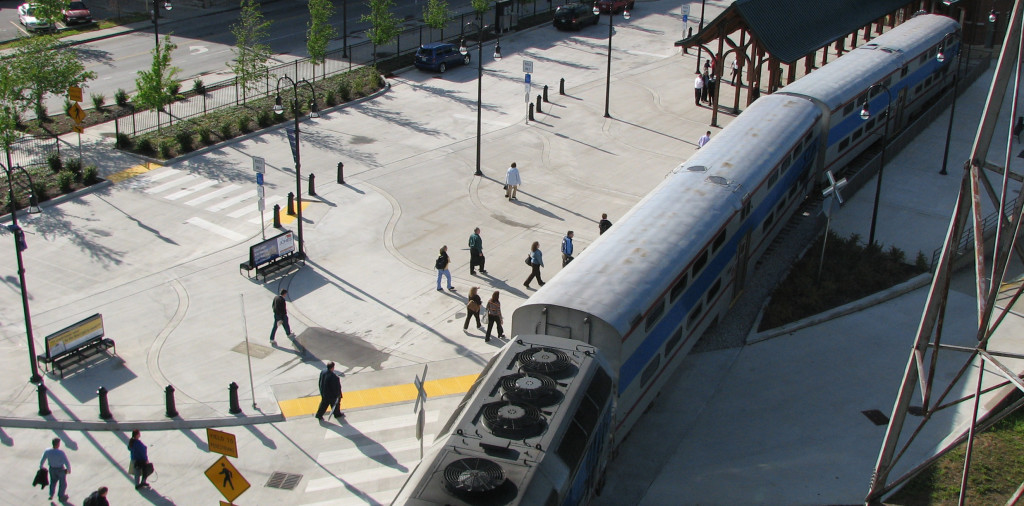
Would increasing federal transportation investment be enough to solve our problems?

Two mayors from very different cities penned a joint op-ed in the New York Times highlighting the need for Congress to pass a long-term transportation bill and raise new revenues to increase the United States’ overall investment in transportation infrastructure. But their strong piece begs another question: Would raising the level of federal investment be enough to meet our pressing local needs without some major policy changes and reforms to the federal transportation program?
A Republican from a red state mid-sized city and a Democrat from a blue state big city, Mayors Mick Cornett (Oklahoma City) and Bill De Blasio (New York City), teamed up to write an op-ed showing that mayors of all stripes agree: America needs to invest more in transportation to be competitive for the long term:
Working Americans pay the price of federal apathy. Those with little means have the fewest options; mass transit is often their only way to get around. Transit ridership is at record highs, with 10.8 billion trips in 2014. Meanwhile, in the 102 largest metropolitan regions, motorists take more than 200 million trips every day across deficient bridges. Freight volumes are expected to increase by 24 percent in the next seven years.
Federal investment has not kept pace with this demand, resulting in an outdated, overburdened surface transportation system that is ill equipped to handle current, let alone future, need. Spending on infrastructure in the United States has sunk to 1.7 percent of gross domestic product, a 20-year low.
And they rightly point out that, though many states and localities — including their own — have responded to the crisis by raising their own new revenues to invest, they still can’t do it alone.
This isn’t for want of local resources. Over the past decade, New York City has increased commitments to capital projects by 50 percent.In Oklahoma City, among the most politically conservative cities in the country, voters passed a temporary sales-tax increase in 2009 to build, among other projects, a $130 million streetcar line. The nearly eight-year program will raise $777 million, and it passed with 54 percent approval. There is an appetite among voters to fund these critical transit projects.
But we could not do it all on the local level even if we wanted to. In New York City, we cannot even deploy traffic cameras to catch speeding without Albany’s permission, let alone raise major revenue for transportation. Without a strong federal partner, the demands of maintaining infrastructure and preparing for future needs are beyond local means.
They end by urging “both parties to make a deal that will prevent our cities from becoming casualties of gridlock and impasse” by passing a multi-year transportation bill that raises current transportation spending over the 50 billion per year.
These are laudable sentiments that we heartily endorse across the board — strengthening the nation’s transportation fund and raising new revenues to invest is the very first point in our platform.
But is the only problem — especially for the leaders of America’s cities and towns of all sizes — that we’re not investing enough, or also that current revenues aren’t being strategically directed to the most pressing needs in our communities?
We’ve spoken to plenty of mayors and other local officials that have made it clear that the current method of doling out federal funds just isn’t cutting it. State politics continue to drive infrastructure projects and local leaders rarely have a seat at the table to help make decisions about where to spend the money. A little (or a lot) more money funneled through the current federal transportation program isn’t going to solve that problem.
As the American Association of Chamber Executive wrote to Congress two months ago:
Innovation is happening at the local level and yet our local decision makers don’t have enough of the tools, and control less than 10 percent of the funding, which limit the ability to advance key projects that can grow the economies in communities big and small.
These two mayors are writing while representing a bipartisan coalition of mayors, and it can always be tough to stake out a position that everyone can endorse. But many of these undersigned mayors might also agree that they’d like to have a little more control and say over the process of where and how federal transportation dollars get spent in their communities. Just spending more than the status quo isn’t going to bring our communities the kind of economic prosperity that we’re all seeking.
We need to find ways to give the local communities represented by these mayors and many more increased access to federal funds. And we should be rewarding the communities that take action to address their own needs — such as raising local revenues as referenced in the editorial — with opportunities for additional funding.
The Innovation in Surface Transportation Act would be a great place to start, as would instituting reforms to ensure that we prioritize repair and invest our dollars in the projects that have the greatest bang for the buck.
With public confidence in government at low levels, it’s more important than ever to quantify the public benefits of transportation investment and let voters know what their money is going to buy — especially when attempts are being made to raise any new money for transportation to fill the gap.



